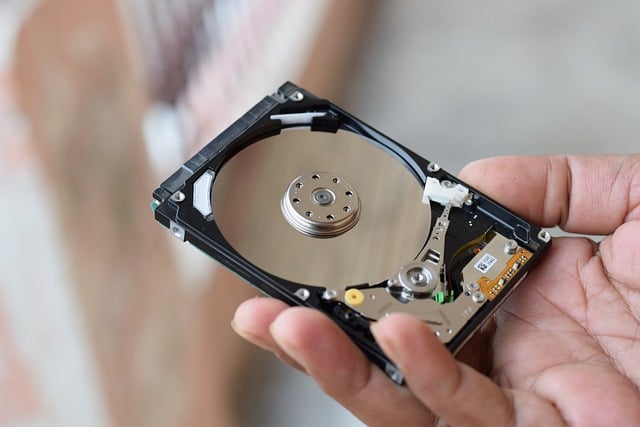In the constantly expanding digital age, where our lives are intricately woven into the fabric of technology, the term “data recovery” takes center stage as a vital process in safeguarding our most cherished digital possessions. As we navigate the complexities of the digital world, understanding the intricacies of data recovery becomes essential a digital safety net poised to rescue our lost files and memories. Let’s set off on a journey to uncover the artistry behind the five key processes of data recovery.
1. Decoding the Digital Puzzle
The data recovery odyssey begins with a meticulous assessment and evaluation of the extent of data loss. When files vanish or become inaccessible, the first step is to scrutinize the storage media be it a hard drive, SSD, or another digital repository. Technicians delve into the intricacies of the storage device, unraveling the mystery behind the data loss. They identify the root cause, determine the types of files at risk, and gauge the overall condition of the storage medium. This initial step lays the foundation for the subsequent stages of the data recovery process.
2. Stabilization of the Storage Media
In scenarios where data loss is attributed to physical damage, the stabilization of the storage media takes precedence. Picture it as the digital equivalent of first aid a crucial step to ensure the storage device is in a stable condition for data retrieval. Technicians may need to repair or replace damaged components, addressing issues ranging from a malfunctioning drive head to electrical failures. Stabilization sets the stage for the delicate dance of data extraction.
3. Data Extraction
With the storage media stabilized, the data recovery process advances to the extraction phase. Data recovery tools and software become the digital detectives, scanning the storage device for fragments of recoverable files. These tools employ sophisticated algorithms to identify and reconstruct lost or deleted data structures. It’s a keen process, akin to a virtual search-and-rescue mission, as the software sifts through the digital landscape, striving to reunite users with their lost treasures.
4. Reconstruction and Repair
In cases where data loss is more complex, especially when the file system itself is damaged or corrupted, the data recovery journey involves the art of reconstruction and repair. Think of it as rebuilding a digital city after a virtual earthquake. Technicians engage in the delicate task of reconstructing data structures, ensuring the integrity and coherence of the recovered data. File system errors are addressed, and the digital puzzle is pieced back together to bring coherence to the retrieved files.
5. Data Restoration and Verification
As the recovered data emerges from the depths of the digital abyss, the focus shifts to restoration and verification. The salvaged files need a new home a safe haven where they can be restored. This could be a different storage device or a designated folder on the original medium. The final step involves meticulous verification, ensuring the integrity of the recovered data. Technicians scrutinize file contents, confirm usability, and compare the recovered files with any available backups if applicable. It’s a digital quality check to guarantee that what was lost has truly been found.
As we traverse the digital landscape, understanding the nuances of data recovery becomes not just a technical endeavor but a means of preserving our digital legacy. It’s the artistry behind the scenes, the delicate dance of bits and bytes, and the assurance that, even in the face of digital adversity, our lost files can be rescued and brought back to life. Data recovery stands as the silent conductor, orchestrating the restoration of our most valuable digital treasures.

One Comment
This was beautiful Admin. Thank you for your reflections.